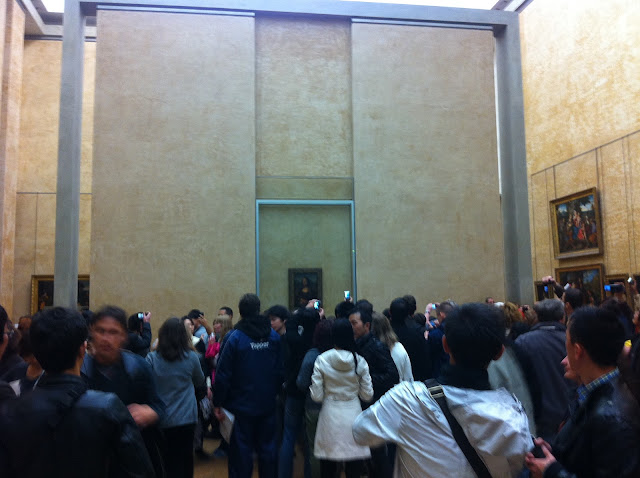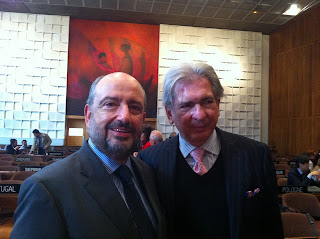Press Release from the Office of the Minister of Canadian Heritage and Official Languages
GATINEAU, June 10, 2011 – The Government of Canada today returned to the Republic of Bulgaria 21,000 coins, pieces of jewellery, and other objects that were illegally imported to Canada and seized by the Royal Canadian Mounted Police. The cultural artifacts were returned today at a ceremony at the Canadian Museum of Civilization by Royal Galipeau, Member of Parliament (Ottawa–Orléans), on behalf of the Honourable James Moore, Minister of Canadian Heritage and Official Languages.
"Today marks Canada's largest ever return of illegally imported cultural property, and we are pleased to return these 21,000 precious artifacts to the Republic of Bulgaria," said Minister Moore. "This return of items to their country of origin demonstrates Canada's commitment to stopping the trafficking in cultural property and recover illegally imported goods."
"The Government of Canada is taking action to prevent the illicit traffic of cultural property," said Mr. Galipeau "I would like to commend the work of the Royal Canadian Mounted Police and the Canada Border Services Agency, whose efforts led to the successful seizure and return of these rare antiquities."
"The RCMP is pleased with this successful outcome. Our team in Montréal has worked long hours to investigate, locate, and retrieve these Bulgarian artifacts," said Bob Paulson, RCMP Deputy Commissioner. "Together, with our government and law enforcement partners, we monitor and identify any illegal smuggling of valuable cultural objects and ensure their safe return to the rightful owners."
In 2007, Canada Border Services Agency officials detained two imports of cultural property sent by mail from Bulgaria. These imports were referred to Canadian Heritage for further assessment, and the RCMP was asked to investigate. As a result of its investigation, the RCMP seized about 21,000 ancient coins, pieces of jewellery, and other objects in November 2008. In January 2011, the importer formally abandoned the cultural property, clearing the way for the Court of Quebec to rule under the Criminal Code for the return of the seized antiquities to the Republic of Bulgaria.
These objects, many of which were illegally excavated, cover more than 2600 years of the history of Bulgaria. This collection includes more than 18,000 coins, as well as a number of artifacts including bronze eagles, rings, pendants, belt buckles, arrows and spearheads, and bone sewing needles. They represent a mix of Hellenistic, Roman, Macedonian, Byzantine, Bulgarian, and Ottoman cultural heritage.
His Excellency Mr. Vezhdi Rashidov, Minister of Culture of the Republic of Bulgaria, was present to accept the artifacts from the Government of Canada at today's ceremony. Madame Irina Bokova, Director General of UNESCO, was also present.
"I would like to express our sincere gratitude to the Department of Canadian Heritage and personally to Minister James Moore, to the Royal Canadian Mounted Police, to the investigative departments, as well as to all Canadian institutions who contributed to the resolution of this case," said Mr. Rashidov.
Canada and Bulgaria are signatories to the 1970 UNESCO Convention on the Means of Prohibiting and Preventing the Illicit Import, Export and Transfer of Cultural Property, under which participating states agree to assist each other in the recovery of illegally exported and stolen cultural property. In Canada, the Convention is implemented through the Cultural Property Export and Import Act, administered by the Department of Canadian Heritage. The Department works closely with the Royal Canadian Mounted Police and the Canada Border Services Agency to enforce and administer the Act and combat the illicit traffic of cultural property.
You may find this press release on the website of Canadian Heritage
here.
 1970 Convention,Australia,Cultural protection,Duncan Chappell,UNESCO
1970 Convention,Australia,Cultural protection,Duncan Chappell,UNESCO
 No comments
No comments
 1970 Convention,Australia,Cultural protection,Duncan Chappell,UNESCO
1970 Convention,Australia,Cultural protection,Duncan Chappell,UNESCO
 No comments
No comments





















